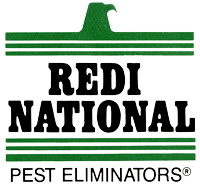How Can New Homeowners Prepare for Seasonal Pest Challenges?
Homeownership brings a sense of pride and accomplishment, but it also introduces a range of responsibilities—one of which is managing household pests. As new homeowners settle into their homes, they quickly discover that different seasons can usher in various pest challenges. From the swarming ants of summer to the invasive rodents of winter, pest problems…
